#Australian lizard
Explore tagged Tumblr posts
Text

this photo shows a blue-tongued skink in my backyard a couple of days ago. the lizard is about the length of my forearm, has dark grey stripes across its light grey back and tail, and I was lucky enough to get a pic of it flicking out its grey-blue tongue -- yay!
This is the first time I've posted on tumblr in years, literally. Aaaages!
0 notes
Text
Doing sleepy lizard fieldwork in the Mid Murray today involved bountiful encounters with goofy fellas as usual
This guy is somehow missing the keratin on most of his large tail scales, revealing the bony scutes (osteoderms) beneath. We’re not exactly sure how this occurred, hopefully he’s not scuffed up too bad, but it is quite cool to look at


Then there’s grumps over here, sucking on his pacifier. We named him Cupcake after his delightful personality


Cupcake is now getting clamped because he’s naughty and bit someone (actually just taking a measurement of head depth)
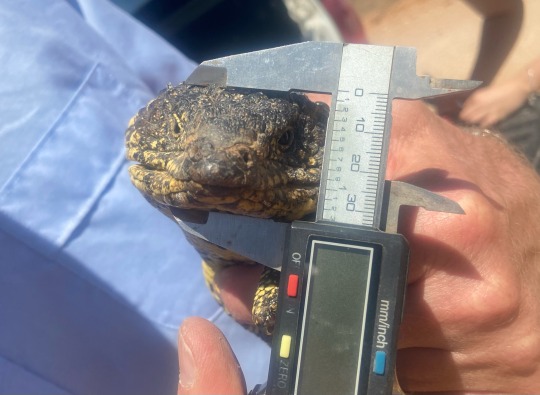
Polite gentleman patiently getting his tail measured (not a sleepy lizard, doesn’t want to be here)
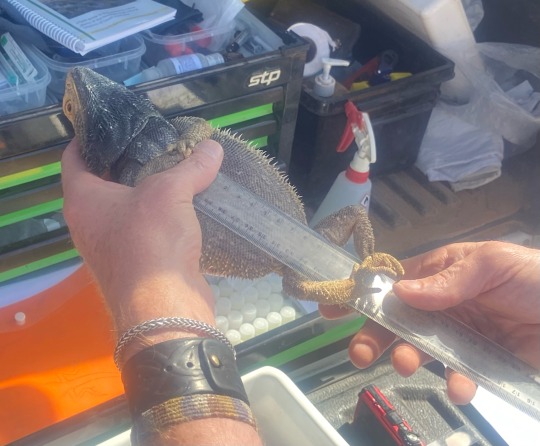
#south australia#australian wildlife#wildlife#reptile#reptiles#lizard#lizards#skinks#bearded dragon#shingleback#fieldwork#herpetology#my stuff
507 notes
·
View notes
Text
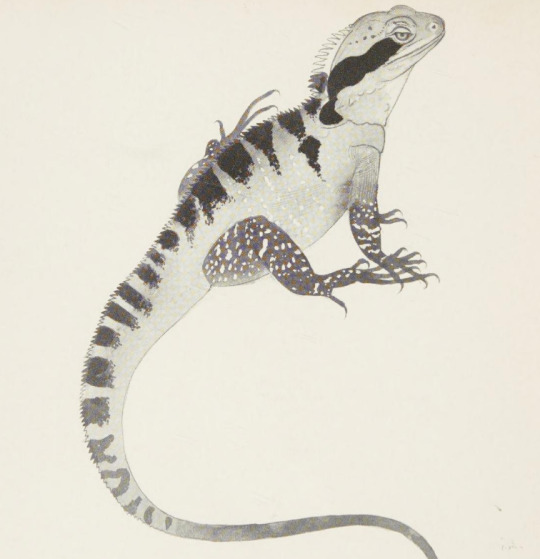
Drawing Animals. Written and illustrated by Maurice Wilson. Published in 1964.
Internet Archive
261 notes
·
View notes
Text

Lin Onus (Australia, 1948-1996)
Ngakaydjil (Lizards), c.1993
gouache on illustration board
49.0 x 37.0 cm
#animals in art#20th century art#painting#1990s#Lin Onus#Australian art#Aboriginal art#modern art#lizard#lizards#trio#Australian animals#Indigenous art#self taught artist#reptiles
78 notes
·
View notes
Text
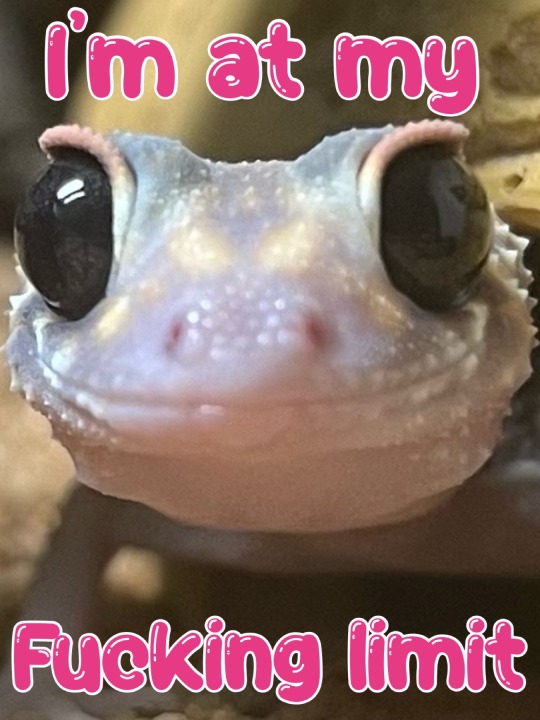
What I think is going through Comet’s head at all times
122 notes
·
View notes
Text
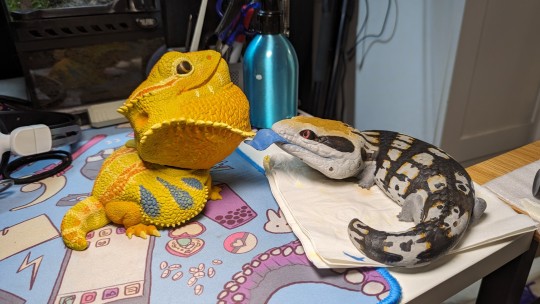
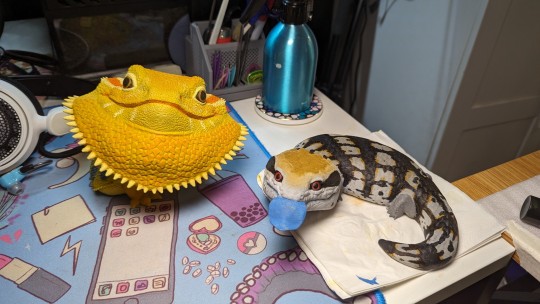


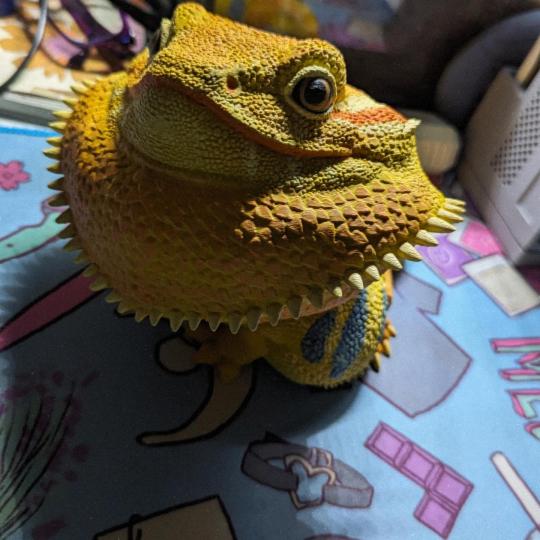
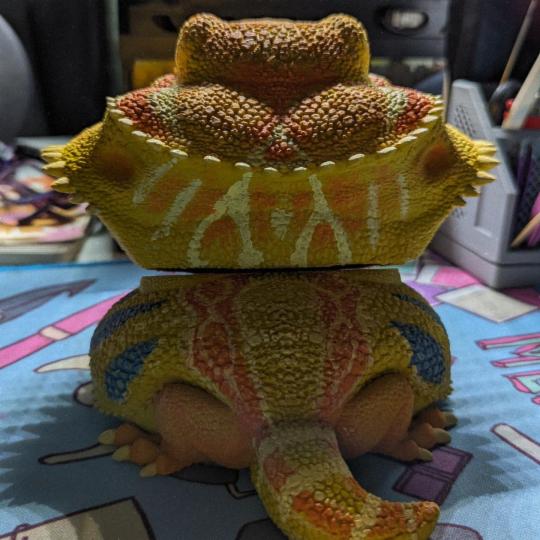


I have always loved lizards, and I currently have velvet Geckos and Suzy the baby bearded dragon. These guys inspired me to make a collection of tubby Australian lizards. This is Max the fat bearded dragon and Ash the dinky Blue tongue lizard. These 3d prints are new designs I've been working on this week. Max can swivel his head from side to side and Ash is just Ash.
Tomorrow is photoshoot day and then I will be posting to my Cults3d online store!
#my art#sculpture#3d art#3d printing#blender#cute#wip#i sculpted a bearded dragon#bearded dragon#blue tongue lizard#Australian lizards
104 notes
·
View notes
Text
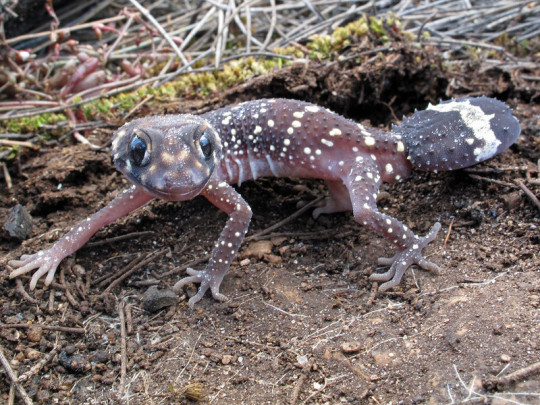
Australian barking gecko (Underwoodisaurus milii) in Brockton, West Australia
by John Anderson
#australian barking gecko#thick tailed gecko#geckos#lizards#reptiles#Underwoodisaurus milii#Underwoodisaurus#Carphodactylidae#squamata#reptilia#chordata#wildlife: australia
575 notes
·
View notes
Text
I have a feeling that this new album is going to be an all time favorite for me. It’s truly an amalgamation of everything I love so so much about this band. The group vocals and the way they all get a chance to sing lead (even Cavs!). Just how collaborative it all is and how you can just tell they had so much fun making it. Not to mention the two new singles are incredibly fun and catchy. And the vocals?? Joey’s especially. This is the most full and confident I’ve ever heard him sing on record.
And I’ve always loved that you can tell just from the music how much this band loves playing music together and it’s especially noticeable with these new songs. You’re not just listening to musicians play together you’re listening to a group of best friends having fun together and that just makes me so so happy,
Fuck I love this band so much.
#kglw#kgatlw#king gizzard and the lizard wizard#I can’t get these 6 australian men out of my head and its driving me insane someone please help#em speaks
38 notes
·
View notes
Text
The obscure australian children’s book series “The Mysterious World of Cosentino” got turned into a tv show. The only thing I remembered after I woke up was that Professor Camoflauge (the lizard) had an Indian accent.
#dream#the mysterious world of cosentino#australian#indian#indian accent#tv show#australia#lizard#accent
244 notes
·
View notes
Text
inspired by @starfoozle's poll - happy national invasive species week! visual supplement below (and some help narrowing down the list) provided by @obeetlebeetle

#polls#invasive species#everglades#i said i'd do it and i did!!!!!#capital stuff#honorable mention to australian pine + nile monitor lizard + black and white tegu. all cool guys but not cool enough to make top 9
563 notes
·
View notes
Text
28 notes
·
View notes
Text

click for better quality!
here's my newest guy 0-3! he's a giant heath goanna that works as a high-speed rail! 6 legs for maximum mobility, a windowed belly for passenger confort and the snazziest uniform in the whole southwestern australian scrubforest, 0-3 is your best mean of transportation around!*
*(except between september to january, as it's its hibernating period)**
**(Heath goannas hibernte september to april. 0-3 is an early riser)
tell me what y'all think!
#my art owo#my oc owo#0-3#heath monitor#monitor lizard#varanus#goanna#furry#furry community#character design#btw his uniform design is very inspired by australian aboriginal nations' art! full of dots and earth colors#also ogs know the original design#hehe#feral furry
28 notes
·
View notes
Text
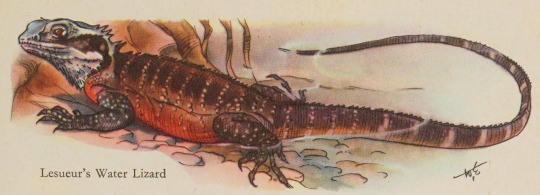
Australian water dragon (Intellagama lesueurii)
Reptiles and Amphibians of the World. Written by Hans Hvass. Illustrated by Wilhelm Eigener. Originally published in 1958.
Internet Archive
252 notes
·
View notes
Text
local doofus gets stuck down tiny pitfall trap intended for little mice and geckos
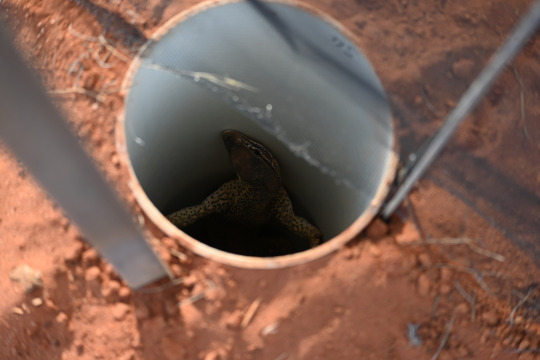
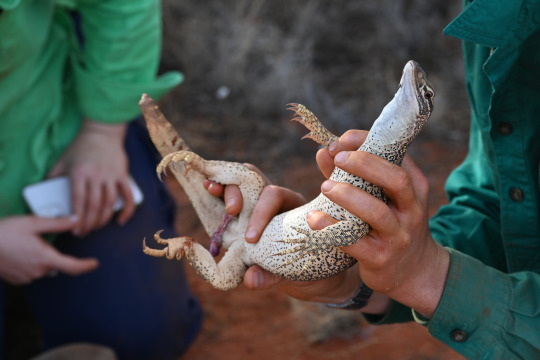
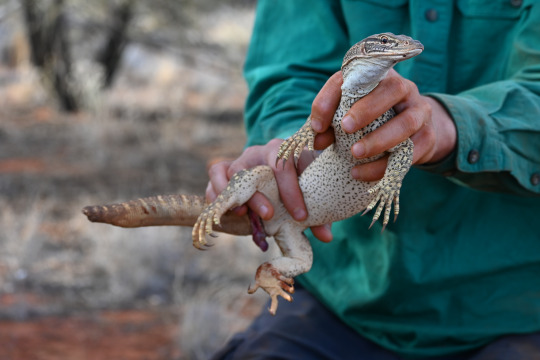
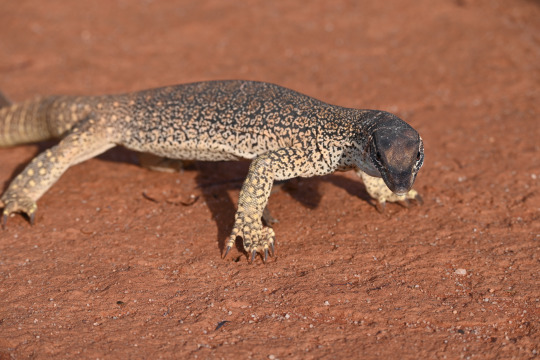

He’s clearly got a habit of getting into silly situations given something’s bitten the end of his tail off
Sand Goanna (Varanus gouldii) - Bon Bon Station, SA, November 2023
#also merry christmas!#south australia#outback#australian wildlife#wildlife#reptile#lizard#goanna#monitor lizard#wildlife photography#fieldwork#my stuff
70 notes
·
View notes
Text
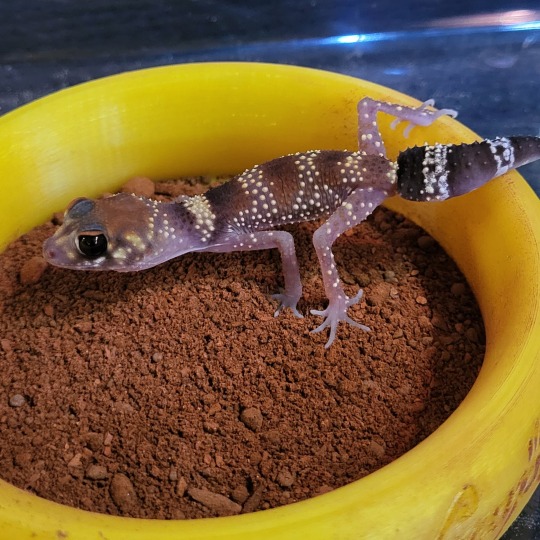
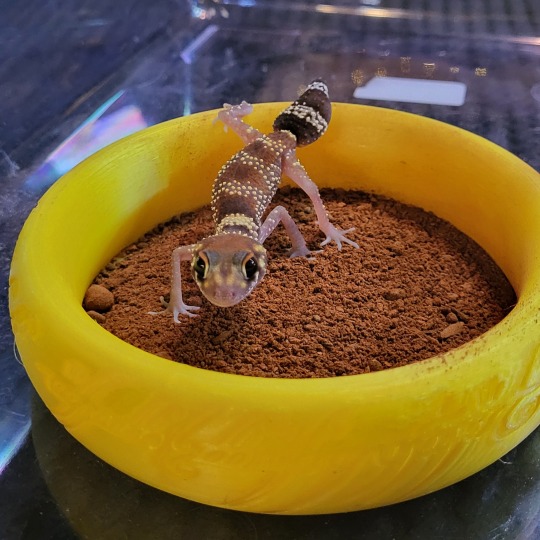
climbs into my little dig box
100 notes
·
View notes
Text
MULTIPLE people thought I was australian on that poll.... head in hands
#I LOVE AUSSIES. I HAVE MANY AUSTRALIAN FRIENDS WHO ARE WONDERFUL. AUSTRALIA IS VERY COOL#however. oh my god. as a kiwi. our country gets left off MAPS dude. there are people out there who don't even believe new zealand EXISTS#I've had people thinking I was australian for YEARS without asking me. I LITERALLY WEAR SHIRTS THAT SAY 'AOTEAROA NZ' ON THEM#I HAVE THREE. THREE SHIRTS LIKE THAT. THRRREEE.#its just so funny. I've had a classmate go 'only an australian would bring a lizard into the common room haha'#almost sicced the lizard at him there and then#had to look him in the eyes and say. I'm from new zealand#and he was all HUUH??? WAIT WHAAAT?????? . MOTHER FUCKER YOU ARE IN MY ENVIRONMENTAL STUDIES CLASS???#WHERE I TALK ABOUT NZ AT ANY GIVEN OPPORTUNITY???#OUR TEACHER WOULD LITERALLY REFERENCE ME WHENEVER NZ WAS BROUGHT UP???#SORRY ITS JUST SO FUNNY TO ME. I can't escape the 'oh I thought you were australian' curse#it follows me everywhere. no escape#my lovely aussie friends whom I cherish deeply. does this ever happen to you but the other way around#listen to my gibberish boy#gonna change my blog to make it very clear that I am from new zealand <- guy who is very very passionate about being kiwi
23 notes
·
View notes